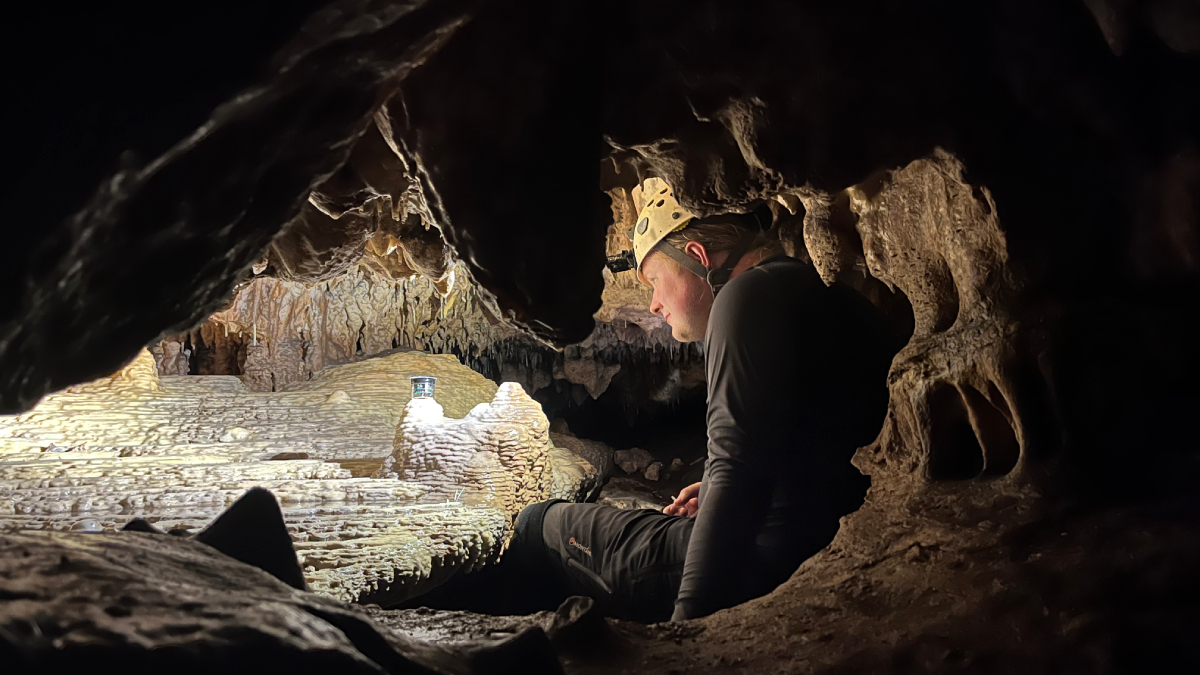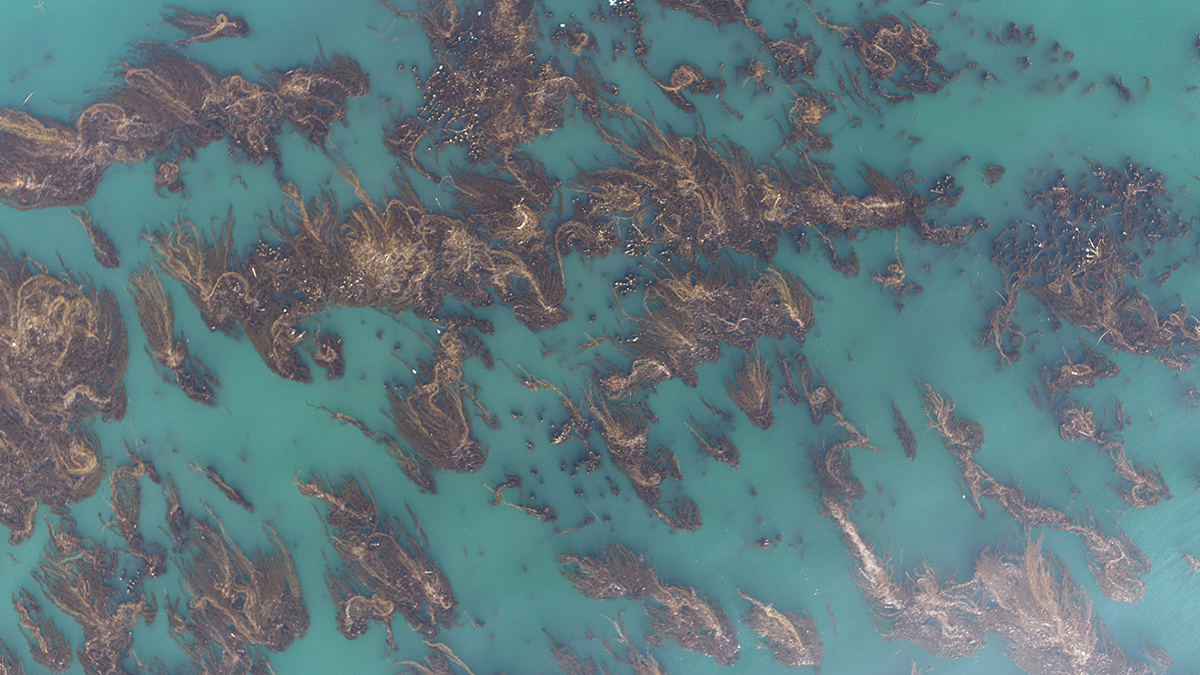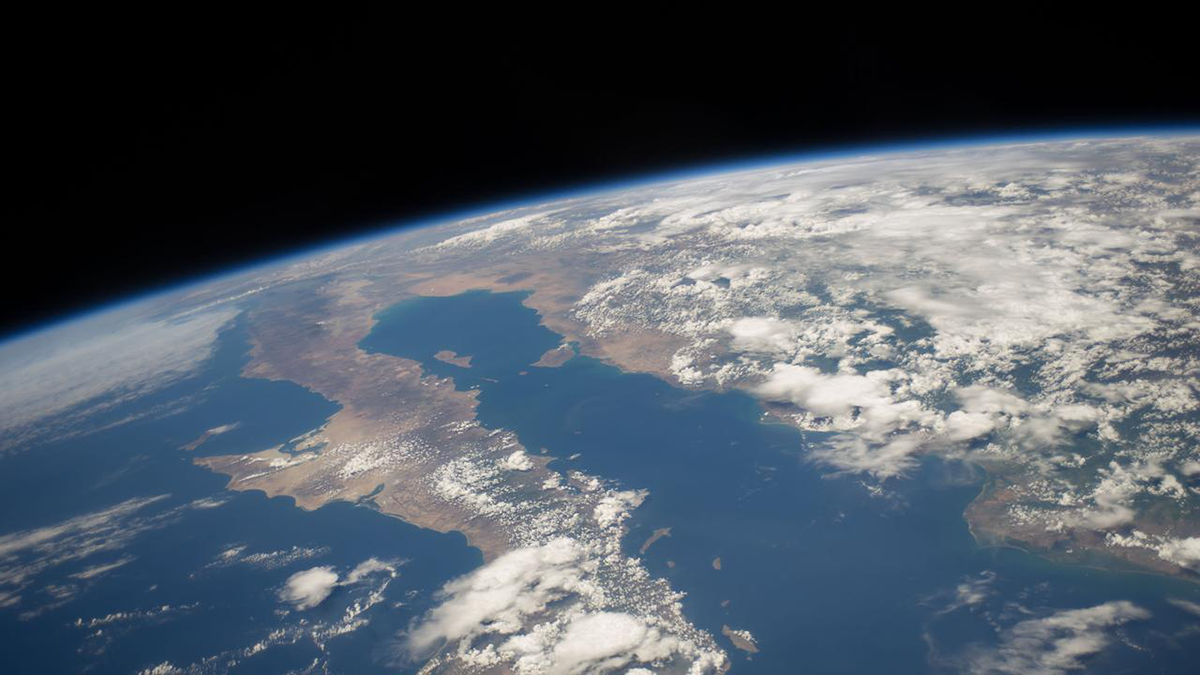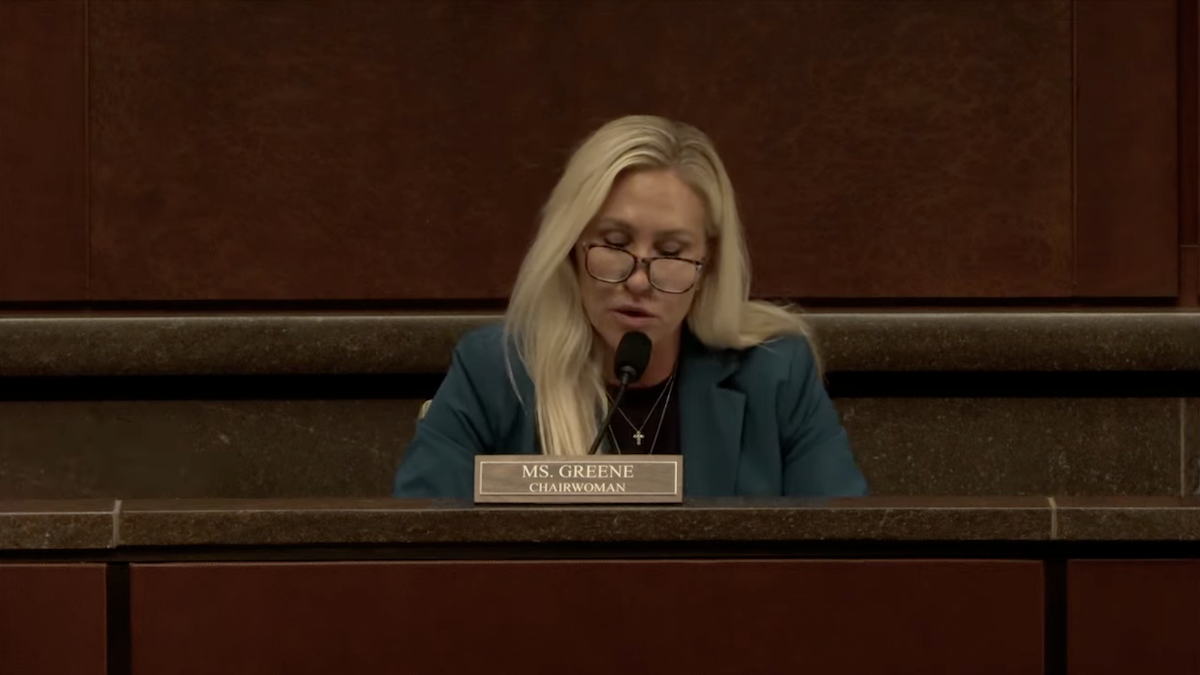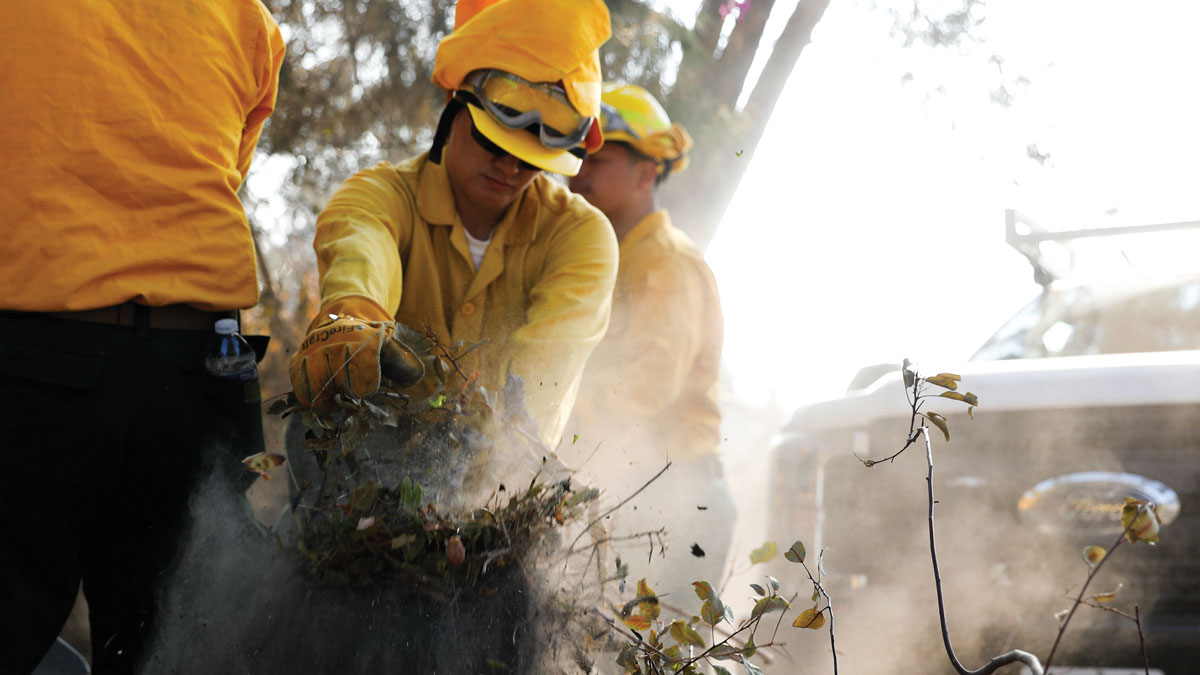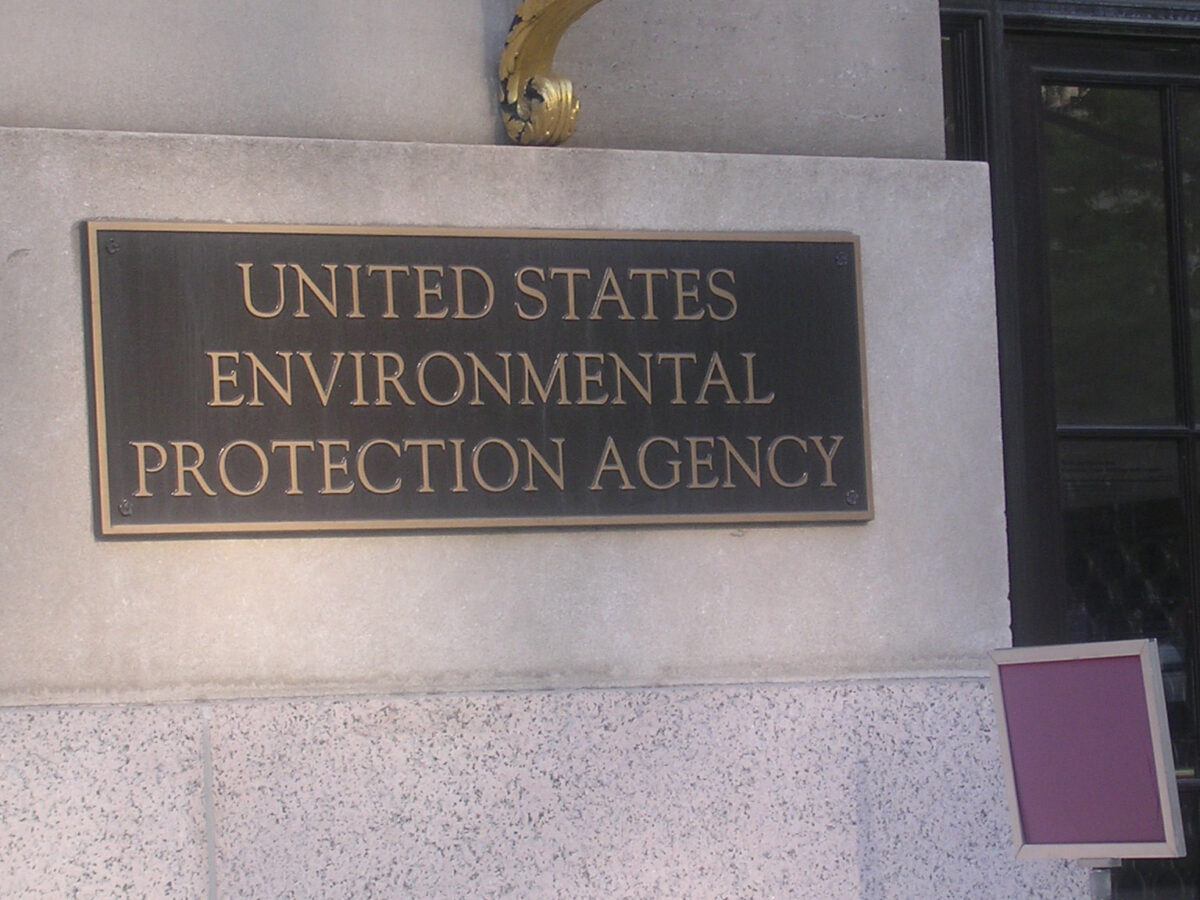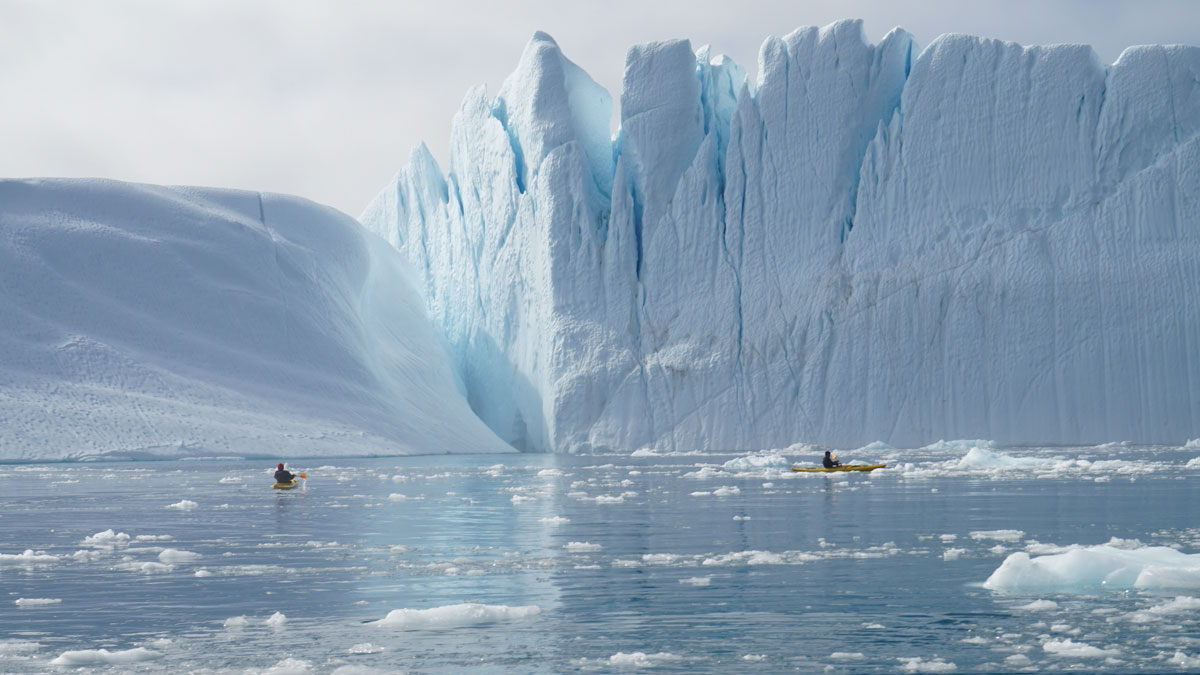Unchecked greenhouse gas emissions could cause the world’s income to fall by nearly a quarter within the century, projects a new study published in PLOS Climate.
Climate Change
Major Droughts Coincided with Classic Maya Collapse
Understanding how individual cities responded to climate stress will help create holistic pictures of how these societies functioned.
Marine Protected Areas Show Promise for Kelp Forest Recovery
Kelp forests are under increasing stress as oceans warm, but decades of satellite data have revealed the importance of maintaining fishing-restricted areas for climate resilience.
Rising CO2 and Climate Change Reorganize Global Terrestrial Carbon Cycling
Rising CO2 and climate change are redistributing terrestrial carbon fluxes and reservoirs across latitudes and reducing carbon residence times globally.
Climate Change May Have Killed 16,469 People in Europe This Summer
Researchers warn that preventable heat-related deaths will continue to rise with continued fossil fuel emissions.
Geoengineering Fears on Display at Congressional Hearing
Misunderstandings and disinformation abounded at a 16 September hearing of the Subcommittee on Delivering on Government Efficiency about geoengineering—efforts to alter Earth systems for the purpose of mitigating climate change.
Donde hay fuego, hay humo
Utilizando los instrumentos de monitoreo existentes y nuevos, investigadores trabajan para comprender mejor la calidad del aire durante y después de los incendios forestales de Los Ángeles.
El Niño May Be Driving Insect Decline in the Tropics
Stronger and more frequent El Niño events are contributing to a decline in arthropod diversity and population, as well as to a reduction in the ecological services the animals provide.
EPA Proposes That Major Polluters No Longer Report Their Emissions
The EPA proposed today that approximately 8,000 polluting facilities, including oil refineries, power plants, and steel mills, should no longer be required to report their greenhouse gas emissions.
Underwater Glacier-Guarding Walls Could Have Unintended Consequences
Although they would likely impede the warm currents that melt glaciers, such walls would also likely block fish migration and nutrient upwelling, harming marine ecosystems and Greenland fisheries.


